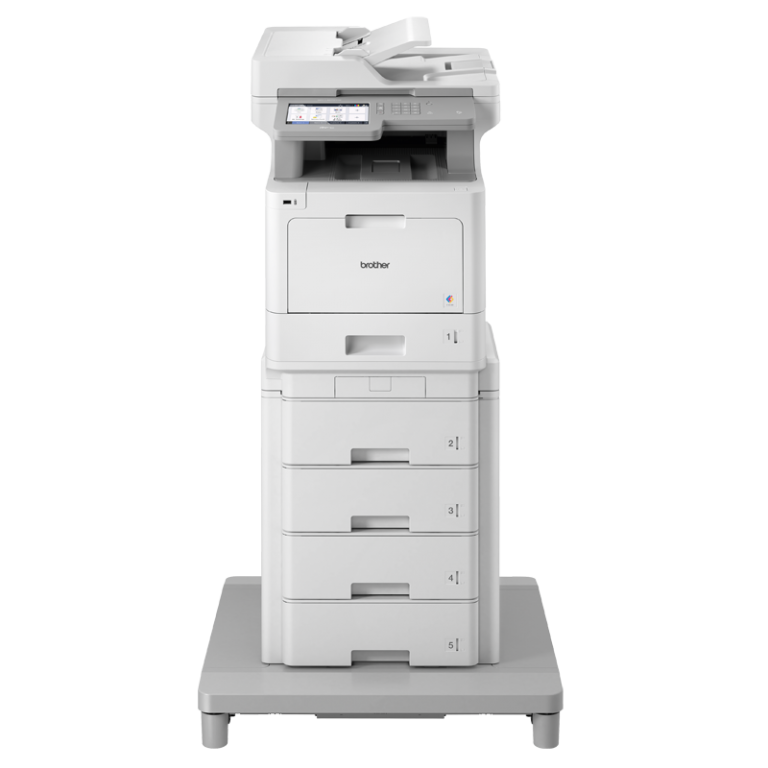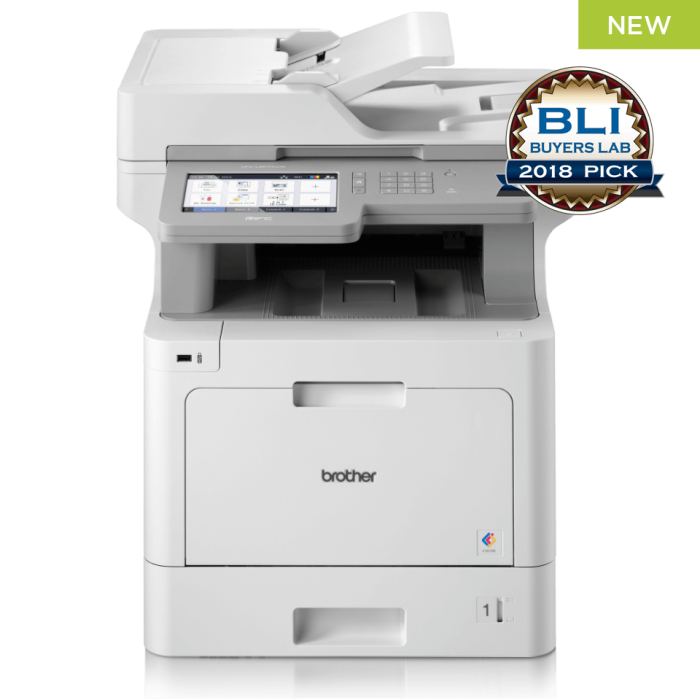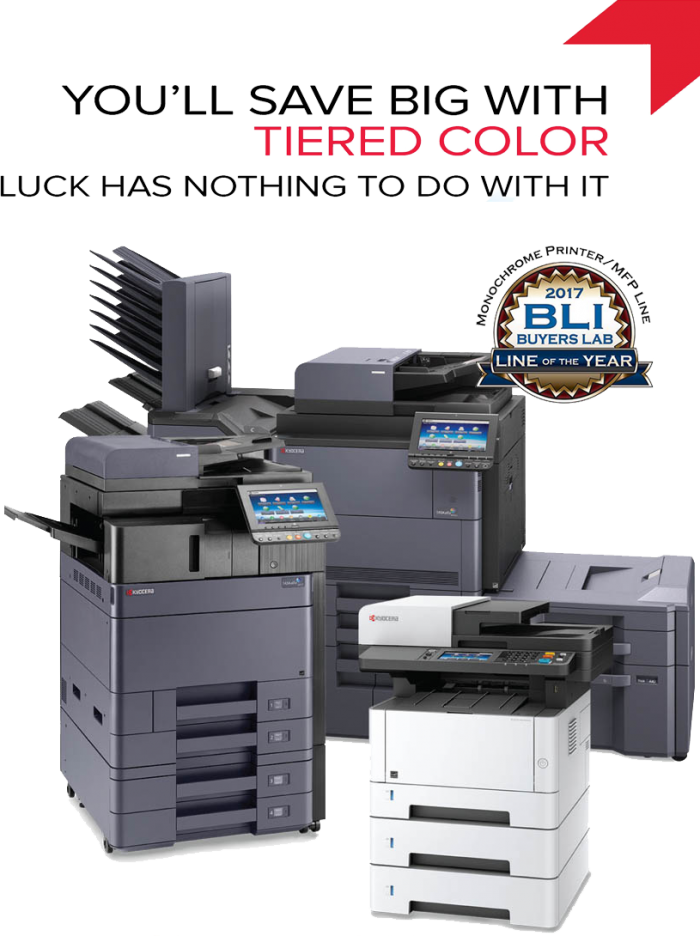Frequently Asked Questions
Most frequent questions and answers
Lease
Leasing is commonly used to procure office equipment in today’s business world. Although, there are a few things you should consider before entering any lease agreement. Once the document is executed there is little you can do. Please pay close attention to some of the below areas to insure that your agreement is fair for both parties. We believe that nine out of ten customers never read a lease agreement before they sign it.
Read Your Lease Prior to Signing It
Always ask to see a copy of the agreement prior to agreeing or awarding a particular vendor your business. Over the years we have had the unfortunate situation of witnessing customers who wanted to switch Vendors but had no way out. Their only option was rolling over the payments into their new lease or to continue paying both the existing vendor and the new vendor for service. By reading the document prior to signing it, you may find a host of items that you never thought would be included in such an agreement. The most important things to look for are End of Term Clauses, Price Increase Clauses, Automatic Renewal Clauses and what your Lease includes.
Including Service and Supplies on a Lease
If you don’t have the time to read all of this information please read this. Never and we mean never, include service and supplies in your lease agreement. The simplest way to compare this is, if you were buying or leasing a car would you buy all the gas (your toner) and all the oil changes (your maintenance) up front? Of course you wouldn’t so why would you do it with a piece of office equipment? Below are few reasons why this is a bad idea.
XYZ Company has a five year lease agreement with a local office equipment company. The agreement included service, supplies and required a Minimum amount of monthly copies/prints. They are not happy with the service and wish to either upgrade or have another local Authorized Dealer assume the service. The only way to do this is to pay both vendors for the service because you’ve already committed legally to a monthly payment which includes service, supplies and a certain amount of copies/prints. The leasing company isn’t concerned about the service, similar to borrowing money for a car, they just want their payment. You can protect yourself by requesting that the service and supplies be invoiced directly from the Dealer on a monthly or annual basis. Avoid signing any Service and Supply agreements for more than one year.
Fair Market Value, 10%, or Dollar Buyout
Most leases today are written with a Fair Market Value Purchase Option at the end of term. This means the leasing company will offer it to you at the end of lease for the Fair Market Value. This value may be hard to anticipate considering the lease may be five years. Most reputable Office Equipment Dealers will often request caps by the leasing company they deal with in regards to “Fair Market Value”. A reasonable Fair Market Value should be somewhere between 10 to 20% of the original price of the equipment and depends on the term of the agreement. Unfortunately, we have encountered competitive Fair Market Value buyouts as high as 50%.
Office equipment prices and values continue to decline and you may be able to negotiate a reasonable buyout with the leasing company. Always negotiate with the Leasing Company, not the copier vendor. Many leasing companies may try to force you back to the vendor; you can remind them that the agreement exists only between you and them, and they have a fiduciary responsibility of providing that information. Request the buyout via fax or email and give them a time table in which you expect to see it.
Early Upgrades
Some organizations will never see the end of a five year lease. Most Office Equipment sales people are pushed to aggressively upgrade equipment in the third year of a five year lease. The most common tactics are, I can give you all new equipment cheaper (well remember equipment prices are plummeting) or (and this is the best one) we need to upgrade the equipment due to your volume. Well first of all copiers are rated way higher than you would expect, most desktop copiers today are rated for as much as 10,000 pages per month. With that being said, you really shouldn’t exceed more than about 50% of the Manufacturer’s Recommended Volume. Know the Manufacturer’s Recommended Monthly Volume prior to purchasing it and you can let them know you’re going to keep it and give them the option of repairing or removing it. Secondly, you can mention they should have never placed you in such a machine if it was incapable of handling your volume which they were aware of from the initial sales call. You should receive a minimum five year guarantee on any piece of equipment from the Dealer prior to purchasing it, which will avoid these problems. Reasonable early upgrades are 3 or fewer months prior to Lease Expiration. Anything earlier is merely an attempt to prevent you from competitively shopping. If you are unsure if they are rolling over remaining payments get a competitive quote on a similar machine.
California |
|
Why do I have to ship it back?
At the end of your lease agreement you are responsible for sending the unit back to the leasing company. They still own it and they almost always want it. If you are upgrading with the same vendor they will often buy it or take care of shipping it back at no cost to you. The cost to do so should be approximately $300.00 to $500.00 per machine. Be sure to insure the device since you don’t own it.
COPIER SALES AREA WE PROUDLY SERVICE - RIVERSIDE CALIFORNIA
|
|
|




